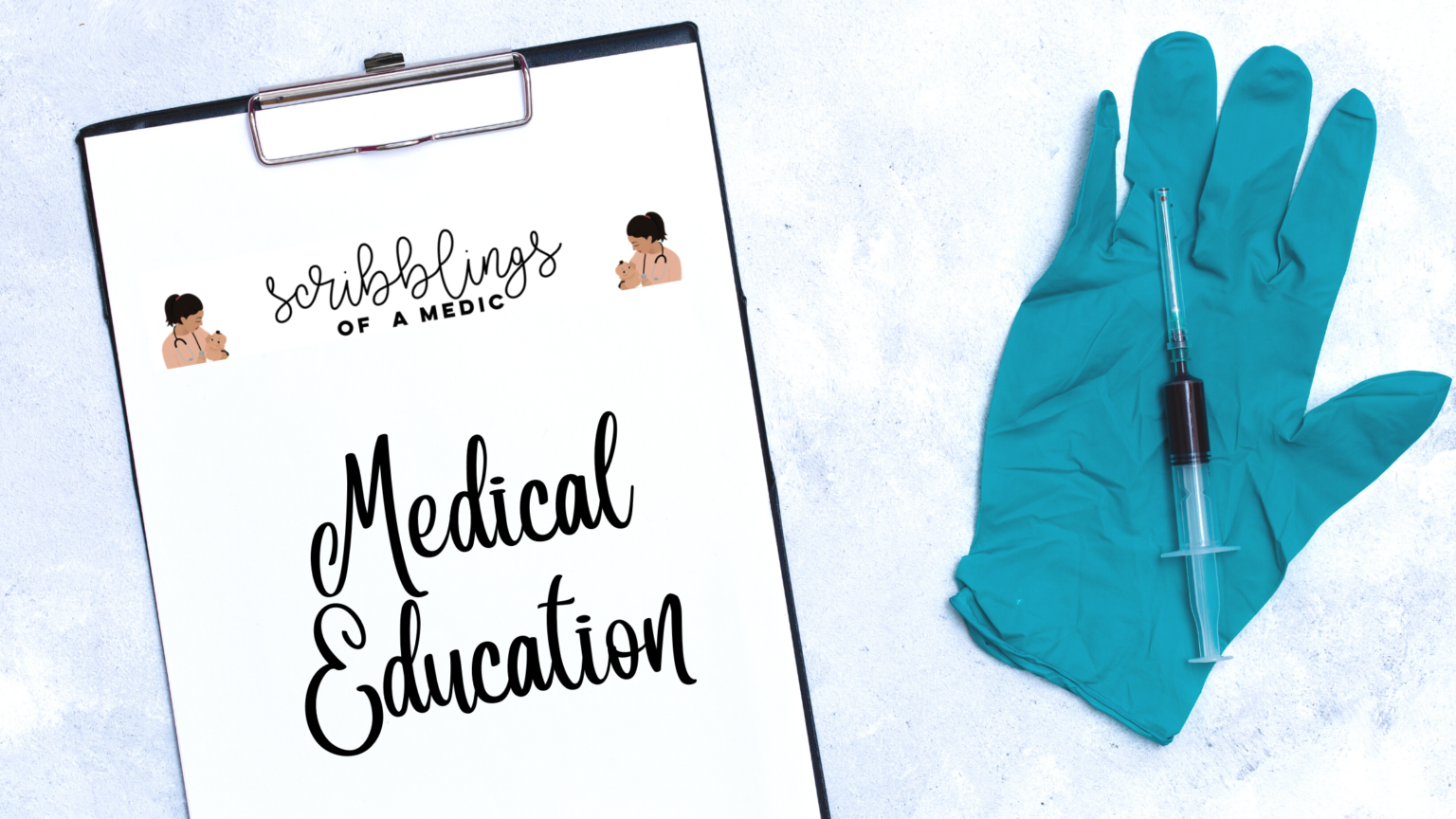Appendicitis. A general surgeon’s bread and butter. It occurs so commonly that if a patient comes in with abdominal pain, appendicitis must pop into your head (of course the first thing you would need to rule out if it was a female is an ectopic pregnancy). Weekly there would be 2 to 3 appendicectomies of which maybe once every 2 weeks it would be an emergency. When it comes to paediatrics however it gets a little tricky. The pain is a bit more non-specific and mesenteric adenitis is a commoner diagnosis than you think.
How did the patient present?
A 1o year old girl presented with severe abdominal pain, vomiting and fever for 3 days duration. The child was being taken care of by an aunt at the time and could barely walk without clutching her abdomen. The pain had become progressively worse over the 3 days.
What to ask in the history?
When it comes to pain (or any symptom really) a useful mnemonic that I was taught in medical school was “SOCRATES” which stands for:
- S – site
- O – onset
- C – character (sharp? dull pain?)
- R – radiating
- A – associated symptoms
- T – time duration
- E – exacerbating/relieving symtoms (anything makes the pain better? worse?)
- S – severity (on a scale of 1 to 10, how bad is the pain?)
This will take up most of the presenting complaint of the patient. You can then rule out your differential diagnosis (main ones listed below).
- Any recent cough/colds? – mesenteric adenitis
- dysuria? haematuria? – urinary tract infection
- last menstrual period? – ectopic pregnancy
- any diarrhoea? – acute gastroenteritis
- does the pain radiate from your loin? – ureteric calculi
Why does the pain migrate?
There are two types of nociceptive pain: visceral and somatic. Somatic pain arises more superficially (i.e. from the abdominal wall) whilst visceral pain arises from deep within (i.e. your organs). Visceral pain is very non-specific and poorly localised which means that as the inflammation starts in the appendix, the visceral nociceptors sense it – so the pain is more generalised, i.e. over the umbilicus. Once the inflammation increases and irritates the abdominal wall it is detected by somatic nociceptors and so the pain becomes more localised. The appendix is located in the right lower quadrant and so the pain becomes localised to the right lower quadrant.
Whats to be found on examination?
There are tons of specific signs that need to be elicited in addition to doing your standard abdominal examination. Remember the patient will exhibit signs such as febrile, tachypnoea, tachycardia, a coated tongue (super rare!) and tenderness localized over McBurney’s point (2/3rd between the umbilicus and ASIS).
Signs to be elicited –
- Rebound tenderness – when you deeply palpate the abdomen and remove your hand swiftly, the patient cringes and feels more pain when you take your hand off as opposed to when you palpate.
- Rovsing’s sign – when you palpate the left iliac fossa, the right iliac fossa is where you feel the pain the worst.
- Obturator sign – with the patient lying down and his leg is flexed at both the hip and knee joint there is pain on internal rotation of the hip
- Psoas sign – when you extend the patient’s leg at the hip (passive extension), there is pain in the right lower quadrant or when the patient is lying down and you flex the right leg at the hip (basically the psoas muscle is stretched).
- Dry coated tongue (seen this only once or twice – attributed by the dehydration due to nausea, vomiting and loss of appetite)
Investigations and management
The ALVARADO Score is a scoring system used to predict the likeliness of the abdominal pain being appendicitis. The mnemonic used is “MANTRELS”. The scoring system has got a lot of criticism as it’s not a reliable test (poor sensitivity), but examiners love to ask you about it. All of the components are scored +1, except the 2 highlighted with an asterix. A score of more than 7 is strongly suspicious for appendicitis.
- M – migration to the RIF
- A – anorexia
- N – nausea/vomiting
- T – tenderness in the RIF*
- R – rebound tenderness
- E – elevated temperature
- L – leukocytosis*
- S – shift left to leukocytes
Once you suspect that the patient has appendicitis it is safer to keep the patient nil by mouth as part of the prep for GA. You should take bloods – FBC, CRP, UFR and a hCG test as a minimum. USS can be used to aid the diagnosis, but remember appendicitis is a CLINICAL DIAGNOSIS(even the ALVARADO score doesn’t cut it).
The definite treatment of appendicitis is an appendicectomy. Many GPs unfortunately give patients antibiotics and this may resolve the pain initially, but more often than not these patients get readmitted with a recurrence rate. Giving antibiotics prior to admission also makes the diagnosis trickier.
If by chance the patient is in septic shock clinically (BP, pulse, temp) – manage appropriately with oxygen via face mask, take bloods quickly, give normal saline boluses and start IV antibiotics immediately.
Remember to give the patient adequate analgesia pre- and post-op. Some cochrane reviews have found that giving IV morphine will not change the pain required for diagnosis, but my hospital ain’t that fancy and so we don’t give any morphine. NSAIDs also have a risk of bleeding during surgery, so check with your department about the protocol for pain management. Also remember your IV fluids post-op. Some consultants practice ERAS (enhanced recovery after surgery) and so early oral intake after surgery may be possible.
The incision used is either a grid iron incision (an oblique incision by splitting the muscle layer over McBurney’s point) or via a Lanz incision (more transverse – cosmetically better results). Laparoscopic appendicectomies are now happening so this could also be an option – much better cosmetic appearance, but there is a chance it might be converted into an open appendicectomy.
An Ochsner-Sherren regimen is used to treat an appendicular abscess which is a complication of appendicitis. It is a conservative way of treating appendicular abscess (which can be felt on abdominal palpation) by giving the patient IV fluids, IV antibiotics, insert an NG tube and you mark the abscess size on the abdomen. Monitor vitals, the IP/OP chart and the size of the abscess. An interval appendectomy is then done 6-8 weeks later. The conservative method will reduce the inflammation in the mean time. Differentials of an appendicular abscess is appendicular carcinoma or even Crohn’s disease.
How would you prepare a patient for surgery?
- Remember the patient needs to be kept nil by mouth. The easiest ways to annoy your surgical seniors is by a) not informing them that there is a possible appendicectomy and b) not keeping a patient with possible appendicitis nil by mouth (NBM). Appendicitis to most surgeons = appendicectomy now. For patients to be given general anaesthesia they need to be fasting (no food for 6 hours, no water for 2 hours). NBM means the patient needs IV fluid!
- Patients over 40 need an ECG and if they have any severe lung conditions then a chest x-ray is needed. Patients with asthma may need to be nebulised prior to surgery. So ALWAYS ask past medical and drug history! I had a 20 year old patient who denied having asthma when I asked and when trying to extubate her after her appendicectomy she had severe bronchospasm and needed to be put in the ICU. You can imagine how annoyed I was when she later told me (post her ICU stay) that she used inhalers as a child. When asked why she told me that she didn’t have asthma, she simply said that she didn’t think it was important. Yes, some patients will truly infuriate you.
- CONSENT. Written by the patient if possible on the FRONT PAGE of the BHT as this is the only page in your BHT that cannot go “accidentally” missing. Consent should include the type of anaesthesia given and the type of surgery. It should be signed by the patient. In the case of a minor, consent is taken from the parent or immediate guardian.
- Pre-operative IV antibiotics – our unit gave one dose of both IV metronidazole and IV cefuroxime prior to surgery and then continued it thereafter for 48 hours. Different units might have different pre-operative protocols so always check with your seniors. Normally atleast one dose on IV antibiotics must be given before you cut into the patient.
- Send a theatre list or inform the theatre/anaesthetist on-call after getting approval from the consultant for the appendicectomy. You will not be very popular with the anaesthetists/nurses if not.

Histopathology specimen of an appendix
Causes of appendicitis
Intestinal worms, faecoliths, lymphadenitis and foreign bodies.
What instrument do you use in surgery to hold the appendix?
A random question that could be asked by examiners. A Babcock artery forceps is used to hold the appendix during an appendicectomy.
Can you get appendicitis after you have had an appendicectomy?
Yes you can and it’s called ‘stump appendicitis’. It occurs when you don’t get the base of the appendix during the appendicectomy and so you have a piece of the appendix remaining which can get infected again.
What are the common complications of appendicitis?
- Remember children are at a high risk of perforation so early surgery is paramount.
- Stump appendicitis
- Peritonitis
- Abscess formation
- Post-operative adhesions
- Wound infections and dehiscence
- Sepsis
- Even death!
So a few tips if you’re doing an appendicectomy, Lanz incision gives a better cosmetic result (remember McBurney’s point – click on the link to see a video, this website is run by some of my colleagues from Uni) and if you have short fingers like me, patience whilst you find that annoying little appendix. It sometimes is right at the back, but it’s like a worm so once you can hook onto it, you can easily pull it out – it looks inflamed (red red red) or has a nasty green/blue colour (basically gangrenous).
So that was long! But you need to know that appendicitis is very common and you must know how to manage it. Theres a vast amount of differentials for abdominal pain so keep them in mind!
If you have anything to add or any comments at all, I would love to hear from you!





